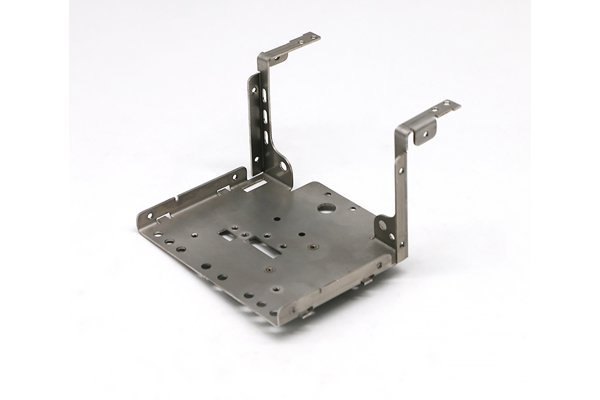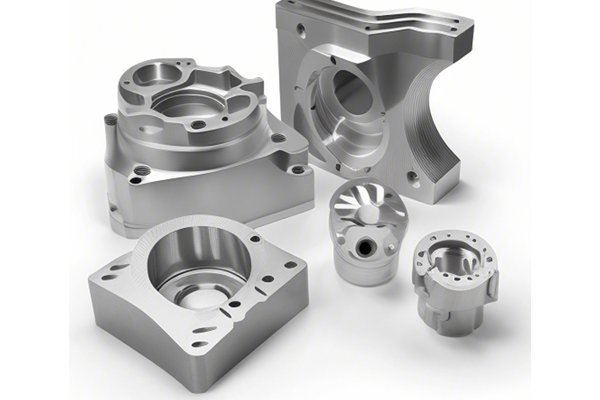Did you know that nearly 80% of manufacturing companies experience inefficiencies due to improper machinery selection? This staggering statistic highlights the critical role that choosing the right CNC machine tool equipment plays in enhancing machining efficiency. For manufacturers aiming to improve productivity and reduce operational costs, this decision can be pivotal. But how do you ensure you’re selecting the right CNC equipment? In this comprehensive guide, we will delve into the various factors you should consider to optimize your machining processes for maximum efficiency.
Understanding CNC Machines
What is CNC Machining?
CNC (Computer Numerical Control) machining refers to the automated control of machining tools using a computer. The process involves the use of software to dictate the movement of machinery and tools, ensuring precision and repeatability. CNC machines can include mills, lathes, routers, and grinders, all designed to produce complex shapes and cuts in materials like metal, plastic, and wood.
Importance of Choosing the Right CNC Equipment
Selecting the right CNC machine is crucial not just for performance but also for the longevity of the equipment, operational costs, and overall production efficiency. An ill-suited machine can lead to operational delays, high costs, and poor product quality. Therefore, understanding key factors involved in making the right selection is essential.
Key Factors to Consider in Selecting CNC Machine Tool Equipment
Before diving into specifics, it’s vital to understand your project requirements thoroughly. Ask yourself:
Each of these questions will help you narrow down the options, as different machines excel in different areas. For instance, if you’re mainly working with metals that require high precision, consider milling machines with robust capabilities.
There are various types of CNC machines available, each suited to specific tasks:
Understanding your production needs will help you select the type of CNC machine best suited for your projects.
The size of your CNC machine must align with the materials you’ll be working with and the sizes of the components you aim to produce. Check the maximum cutting area, height, and weight capacity of the machine. Additionally, contemplate your shop floor space; larger machines may require more room, affecting your facility’s layout and workflows.

Precision is key in machining, especially for industries like aerospace, automotive, and medical manufacturing. Look for machines that can consistently achieve tight tolerances. This involves researching the specifications of the machines you’re considering and checking user reviews and case studies to compare real-world results.
The machining speed directly influences productivity. Speed can be affected by the machine’s power, tool type, and the cutting parameters being utilized. Machines designed for high-speed machining (HSM) can reduce cycle times, improving efficiency. Evaluate the feed rates and spindle speeds needed for your specific tasks.
CNC machines operate using intricate control systems that determine how machines interpret CAD designs. The ease of use, programming capabilities, and options for automation all factor into the machine’s overall utility. Systems like Fanuc, Haas, and Siemens have diverse features. Some provide advanced options like conversational programming, which can simplify operations for less experienced workers.
Tooling versatility allows for greater flexibility in production. Determine the variety of tools compatible with each CNC machine and whether the machine supports quick-change tooling systems. Understanding the tooling requirements can help you maximize efficiency and reduce setup time.
Consider the maintenance needs of the CNC machines you are evaluating. A good rule of thumb is to opt for machines with easy access to parts and support services. Some manufacturers offer extensive support contracts, ensuring minimal downtime. Also, look into communities or forums for user experiences regarding long-term machine reliability.
It’s important to analyze the total cost of ownership, which includes not just the initial purchase price but also operational costs, maintenance costs, tooling costs, and potential upgrade costs. Budgetary constraints should not compromise quality; thus, perform a thorough cost-benefit analysis based on expected output and lifecycle efficiency.
Safety in manufacturing cannot be overstated. Ensuring that the CNC machine has adequate safety measures in place, such as emergency stops, proper guarding, and operational interlocks, can minimize risks for operators and enhance worksite safety.
For manufacturers in certain sectors, compliance with industry standards is a must. Research the necessary certifications, such as ISO or AS9100 for aerospace, that your chosen equipment should meet. Selecting compliant machinery can protect your business from legal ramifications and quality assurance concerns.
As the manufacturing industry evolves, keeping abreast of new technologies is essential. Features such as IoT connectivity, advanced software capabilities, and integrated automation solutions can tremendously improve production efficiency and data monitoring. Machines that can integrate with your existing systems will provide long-term benefits and adaptability.
Making Your Choice
Once you have analyzed these factors, create a rating system based on your requirements. Rank different machines according to their specifications, features, and how well they align with your own production needs. Don’t hesitate to reach out to vendors for demonstrations or consultations. Gathering firsthand experience can be invaluable in making an informed choice.
Choosing the right CNC machine tool equipment is fundamental to enhancing machining efficiency and overall productivity. With numerous models and features available, it’s crucial to conduct thorough research by examining project requirements, machine types, precision levels, and industry standards. By considering these essential elements, you can make informed decisions that will not only improve efficiency but also support your long-term business vision.
The right CNC machine will empower your facility to produce innovative, high-quality products while reducing waste and maximizing resources. In the fast-paced world of manufacturing, staying competitive requires thoughtful investments in technology. Therefore, take the time to reflect on the information shared in this blog and the importance it plays in your manufacturing journey. Being strategic about your CNC equipment selection is not just beneficial; it’s essential for sustaining growth and efficiency in an increasingly intricate industry.



